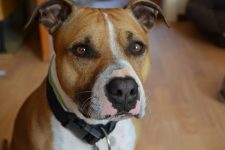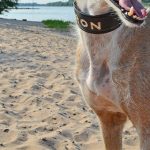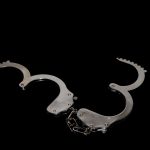What is a ‘Dangerous Dog’?

Our video and Blog post below outlines the definition of ‘dangerous dog’ under the Companion Animals Act 1998.
I have been representing clients in ‘dangerous dog’ cases since the Companion Animals Act was passed in 1998.
During that time, perhaps the most common misconception in these cases revolves around the definition of ‘dangerous dog’.
Many clients, for good reason, believe that a ‘dangerous dog’ is a dog that is actually dangerous ie a dog that a ‘temperament assessor’ or other animal behaviouralist determines is particularly aggressive.
This is not the case.
A ‘dangerous dog’ is defined by section 33 of the Act as any dog that:
- has, without provocation, attacked or killed a person or animal (other than vermin), or
- has, without provocation, repeatedly threatened to attack or repeatedly chased a person or animal (other than vermin), or
- REPEALED ON 19 NOVEMBER 2013 (was previously: ‘has displayed unreasonable aggression towards a person or animal (other than vermin)’), or
- is kept or used for the purposes of hunting.
This is an extremely broad definition which means that any dog that has, without provocation, displayed ‘unreasonable aggression’ ot ever ‘attacked’ a person or animal (other than vermin) ‘dangerous’ for the purposes of the Act; even if there has only ever been one act of aggression over the dog’s lifetime.
If the Council believes that a dog is ‘dangerous’, it can issue the owner with a ‘Notice of Intention to Declare Dog Dangerous’.
The owner then has 7 days to lodge an ‘objection’ against the proposed Dangerous Dog Declaration.
The Council will then decide whether or not to declare the dog ‘dangerous’.
A Dangerous Dog Declaration imposes extremely strict obligations upon the owner, including:
- that the dog must be desexed,
- that it must live in a ‘dog enclosure’ prescribed by the regulations, and
- that it must be muzzled at all times when outside its enclosure.
The last requirement (that the dog be muzzled outside its ‘enclosure’) is, in my view, inhumane; particularly if the dog has always lived its life unmuzzled and relatively free.
If a dog is declared ‘dangerous’, the owner has 28 days within which to appeal the declaration to the Local Court.
If an appeal is lodged, the owner (or lawyer on the owner’s behalf) can ask the Council to agree to ‘Control Orders’ or a ‘Nuisance Dog Order’, which are far less onerous than a Dangerous Dog Declaration.
For more information, see our webpage www.sydneycriminallawyers.com.au/criminal/offences/dangerous-dog-cases/ or our dedicated website www.dangerousdoglawyers.com.au






